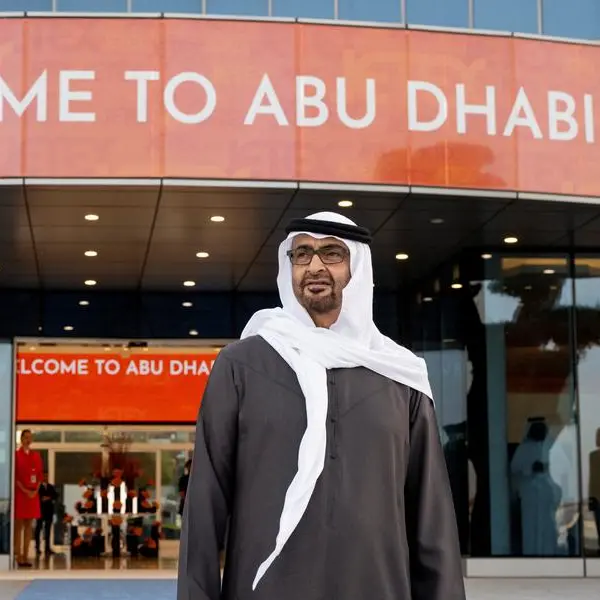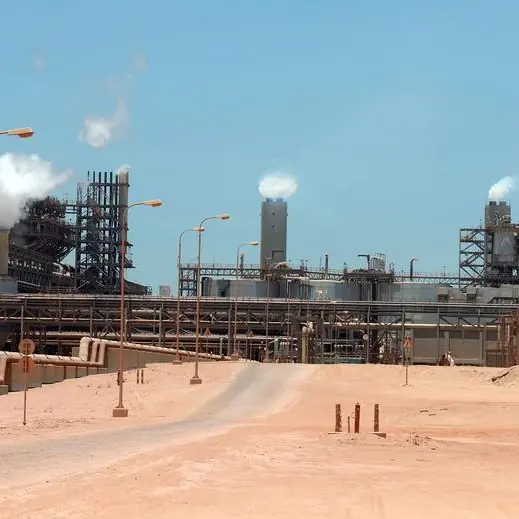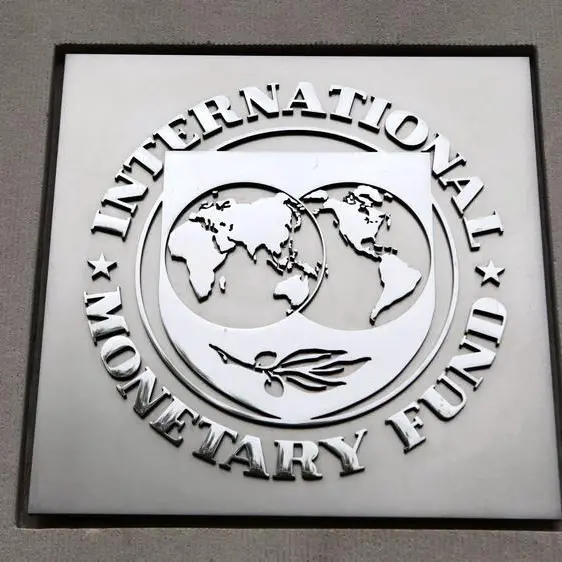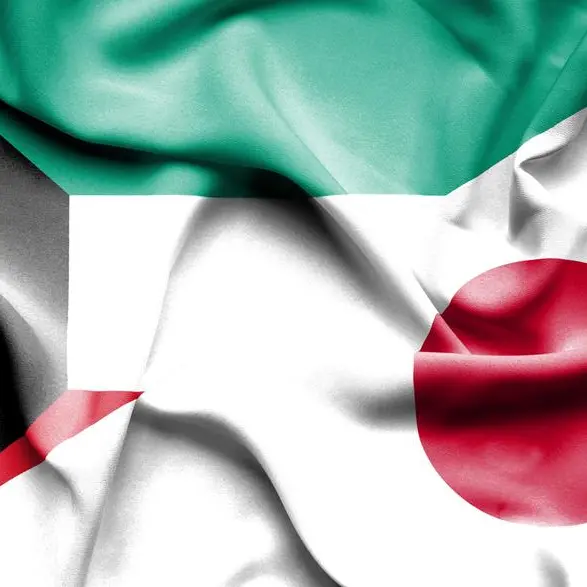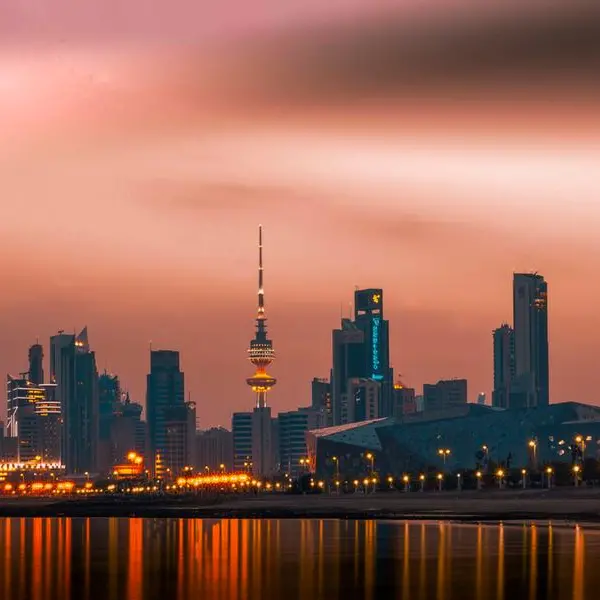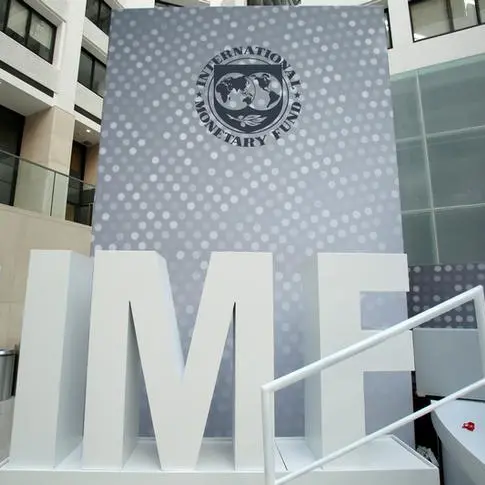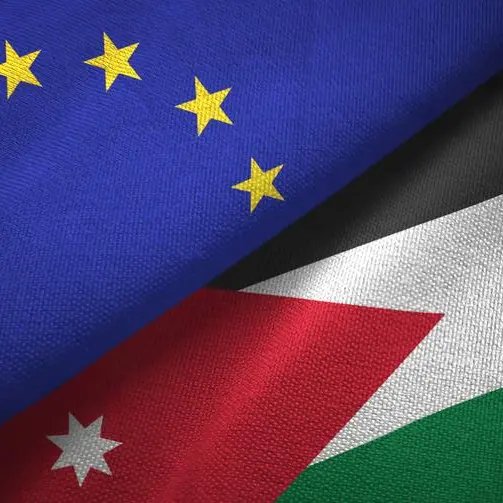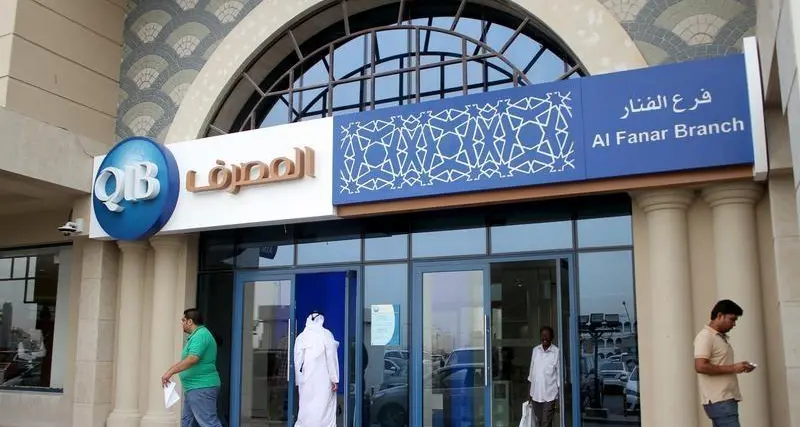PHOTO
The Middle East economy has almost recovered from pandemic losses, aided by higher oil output, progress in vaccination rollouts and easing of coronavirus related restrictions and is set to recover to pre-pandemic levels this year, a report said.
Despite growing concerns globally and regionally over the delta variant, GDP in the Middle East is forecasted to grow by 2.6% this year, 0.2 percentage points (pp) higher than ICAEW’s estimate last quarter, according to ICAEW’s latest Economic Insight for the Middle East, compiled by Oxford Economics
An uptick in economic activity will see GDP growth accelerate further to 4.4% in 2022.
According to the report, GCC economies have benefitted from domestic and global reopening, and the positive momentum should carry into 2022 as they raise oil output. GCC GDP should return to pre-crisis levels in the first quarter of 2022, with growth accelerating from 2.2% this year, 0.1pp higher than Q2 projections, to 5.1% in 2022. The GCC economy shrank by 5.1% in 2020, according to ICAEW.
Regional Purchasing Managers’ Index (PMIs) show continued expansion in the non-oil sector across the region. Business conditions are improving, boosted by rapid vaccine roll-outs and stronger global growth. Improved levels of output, new business and employment also point to further recovery.
Preparation for major regional events, including the delayed Expo 2020 Dubai in the UAE and 2022 Fifa World Cup in Qatar, and Saudi Arabia’s aggressive investment strategy are also supporting expansion of activity. Overall, ICAEW forecasts GCC non-oil growth of 3.1% and 3.9% this year and in 2022 respectively.
Despite the rise in prevalence of the Delta variant and concerns over future COVID-19 variants, governments in the region have re-opened borders, mostly to vaccinated travellers. Several countries, including the UAE and Qatar, have among the highest vaccination rates globally, putting them in good stead to attract tourists and workers, even as travel takes time to fully recover to pre-pandemic levels.
The UAE is pioneering new visa categories for freelance workers and entrepreneurs, offering greater flexibility for sponsoring families and more time for expatriates to find a job before leaving the country after redundancy. It is also planning to grant ‘green’ visas - work permits that don’t require sponsorship - to high-achievers, investors, businesspeople, exceptional students, and experts, in a bid to diversify its economy away from oil dependency.
Michael Armstrong, ICAEW Regional Director for the Middle East, Africa and South Asia, said: “We applaud the reforms and policies Middle East governments have implemented to safeguard their economies. This, coupled with their swift action in containing the spread of COVID-19, has contributed to a faster recovery.
“However, the past year has also produced a compelling range of evidence of the threat from the changing climate. This has led to an increase in discussion about how countries can ‘build back better'. Thankfully, we are seeing regional governments step up their efforts and make ambitious green commitments.”
In the oil sector, there is growing demand globally. The Opec+ group, which drives oil supply trends, reached an agreement in July to increase output incrementally every month through to December 2022. The oil market is expected to be in deficit this year and then move into modest oversupply in 2022 as production growth accelerates more quickly than global demand. As a result, Brent oil price is expected to average $64per barrel (pb) in 2022 and then $60pb in 2023, according to ICAEW.
As regional governments focus on repairing their public finances, spending has remained restrained. ICAEW reports the region’s aggregate budget deficit will narrow to below 2% of GDP this year, the smallest gap since 2014.
Scott Livermore, ICAEW Economic Advisor and Chief Economist at Oxford Economics, said: “The oil sector dynamics are supportive of GCC fiscal positions, given between 40%-90% of the economies’ total revenues come from oil. This is good for government incomes, and could filter into investment, higher consumer spending and non-oil growth.”
GCC inflation has peaked, notwithstanding increased food and shipping costs globally. With base effects from last year’s Saudi VAT hike fading out, annual inflation plummeted in July. Overall, regional inflation is expected to average 2.9% this year before falling back below 2% in 2022-2023. Low inflation means the region’s central banks will not have to worry about raising interest rates in the near term.
Elsewhere in the Middle East, growth in Iran will likely remain modest this year at around 2.9%, while higher oil production should provide a lift to Iraq’s economy and finances.
In Lebanon, the new government faces formidable economic challenges, with little prospect of recovery in activity in the near term. The country is in its fourth consecutive year of economic contraction, with GDP shrinking by 5.8% this year, following a decline of 20.3% in 2020. ICAEW predicts that it will take around 15 years for Lebanon’s GDP to return to its 2019 level. – TradeArabia News Service
Copyright 2021 Al Hilal Publishing and Marketing Group Provided by SyndiGate Media Inc. (Syndigate.info).

